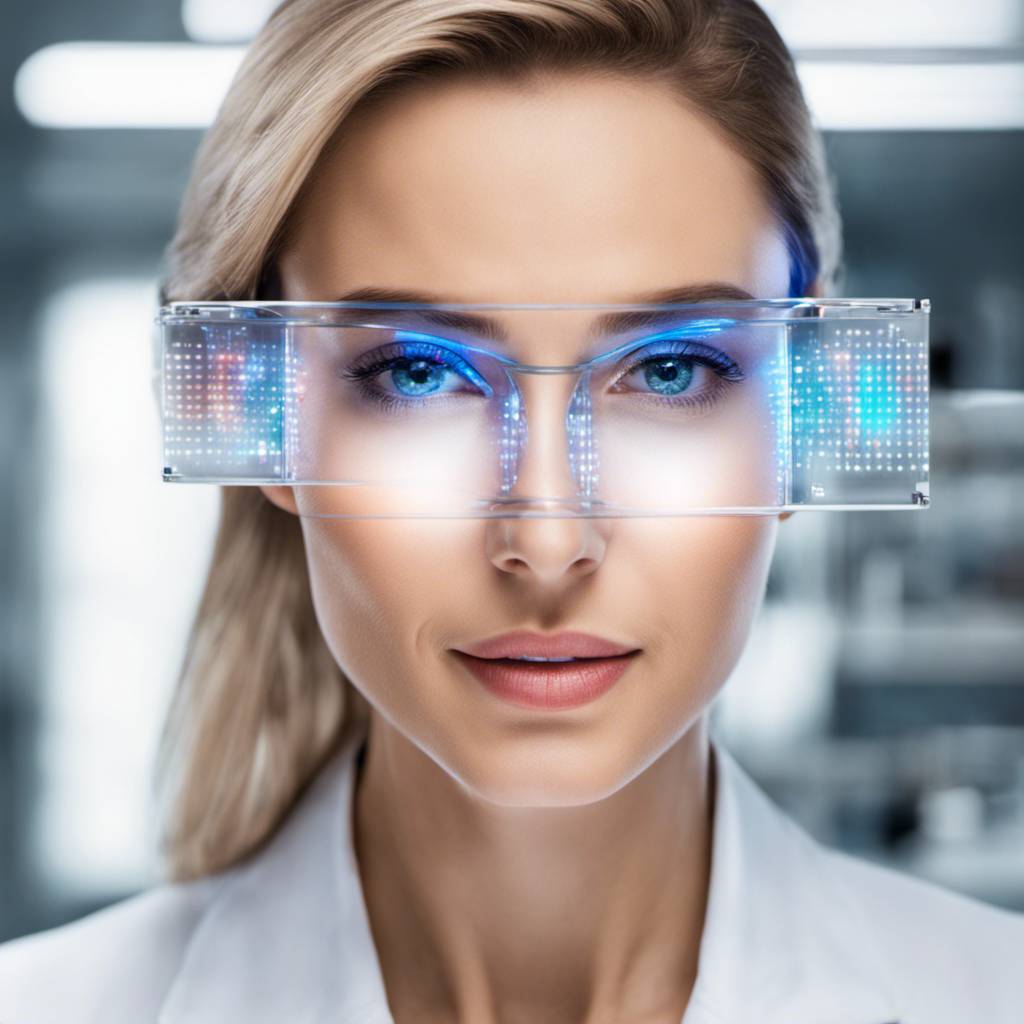In a major breakthrough for the electronics industry, Professor Zhenan Bao from Stanford University has developed electronic skin, or e-skin, that has the ability to self-heal. The research, led by Bao, who is K.K. Lee Professor of Chemical Engineering and, by courtesy, Professor of Chemistry and Materials Science and Engineering, was published in Science in May 2023. The innovative skin is a significant leap forward in the world of electronics, computers, and coding.
E-skin is a new generation of electronics that mimics human skin in appearance and feel. It has the ability to sense and process signals, allowing interaction with the external environment. The e-skin developed by Bao’s research group uses soft, thin, and flexible integrated circuits to convert pressure and temperature into low voltage electric signals that can be understood by the brain.
Originally designed for use in prosthesis, e-skin’s applications have expanded to include precision health, robotics, consumer products, and medical devices. Over the past 19 years, the functionality of Bao Group’s electronic skin has evolved from sensing hand grasping, blood pressure, neurochemicals, and brain waves to being self-healing and biodegradable.
The self-healing aspect of the e-skin was inspired by a question posed to Bao at a conference about how to repair multi-layered electronic skin. This led to the discovery of molecular design principles that allow multiple layers to self-recognize the correct ones to heal with, even though each layer is made with different materials. This essentially means that intelligence is designed into the material, without the need for any sensors and software.
Currently, there are prototypes of e-skin for measuring vital signs like blood pressure, heart rate, and breathing rate in humans. Some of these are even being commercialized. However, more advanced sensing like detecting chemicals from sweat is still in the testing phase. Implantable e-skin, due to the rigorous biocompatibility validation required, is still years away from commercialization.
The choice to use biodegradable materials in the development of e-skin was influenced by the natural properties of human skin. The aim was to design materials that are not only biodegradable but also recyclable, depending on the chemistry used during the design process. This not only minimizes the environmental impact but is also beneficial for implantable devices where it would be desirable for the entire device to degrade after use.
Balancing creativity with technical precision is a challenge in research. Bao believes that focus and creativity are both essential in this field. While focus ensures that the research does not deviate too far from its intended direction, creativity allows for exploration of new ideas, even those that may seem risky. Bao encourages her students to dream and explore ideas, as this often leads to the generation of additional new ideas.
In terms of leadership, Bao has learned a lot from her tenure as Chair of the Chemical Engineering Department from 2018-2022, particularly during the pandemic. She believes that collaboration among people from diverse backgrounds is critical for creativity. Different perspectives allow people to think about problems from different angles and ask different kinds of questions, which in turn promotes creativity.
The development of self-healing electronic skin is a significant advancement in the field of electronics, computers, and programming languages. It holds immense potential for numerous applications, from medical devices to consumer products. As we look forward to the future of electronics, this innovation by Professor Bao and her team at Stanford University is a testament to the power of creativity and collaboration in scientific research.
